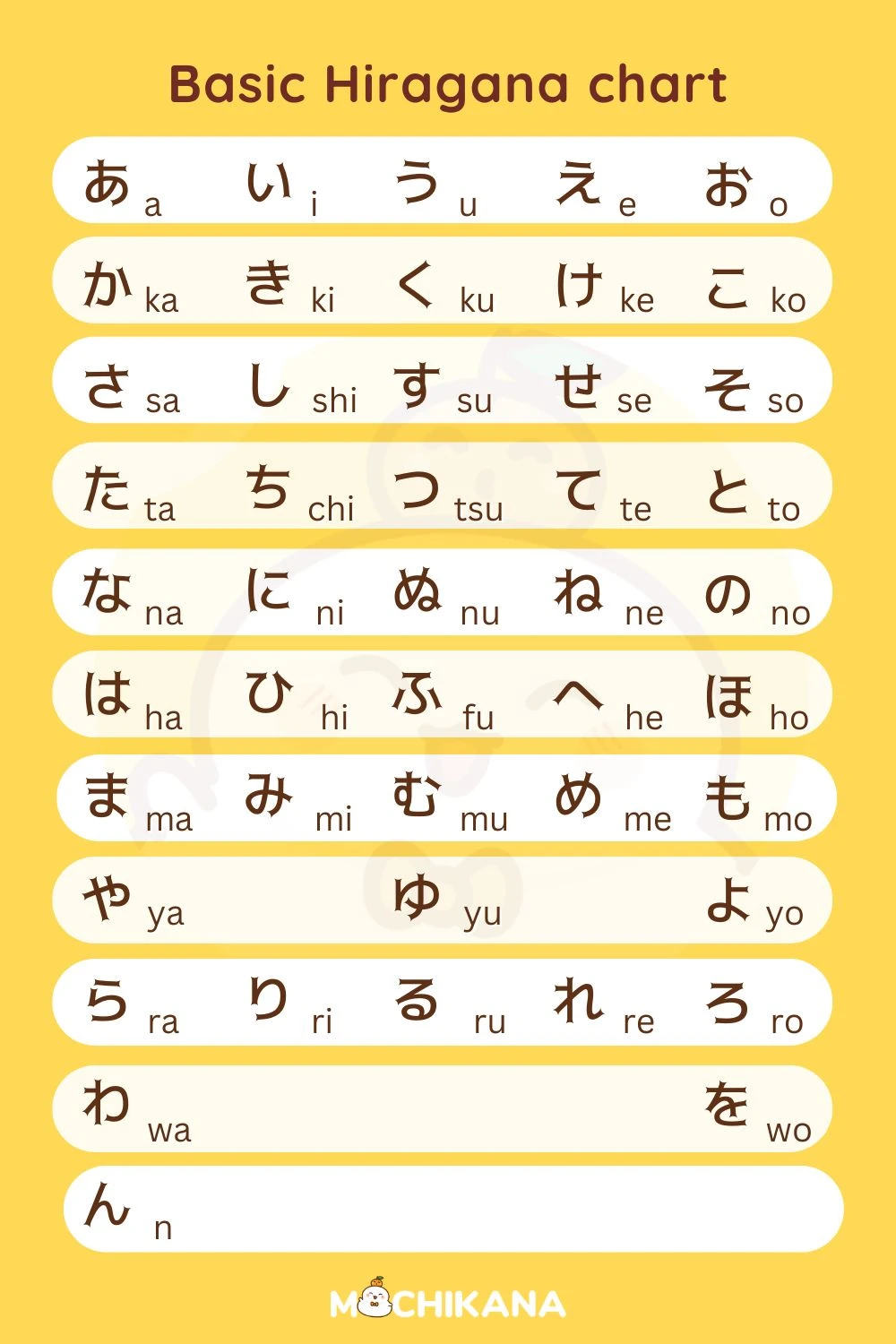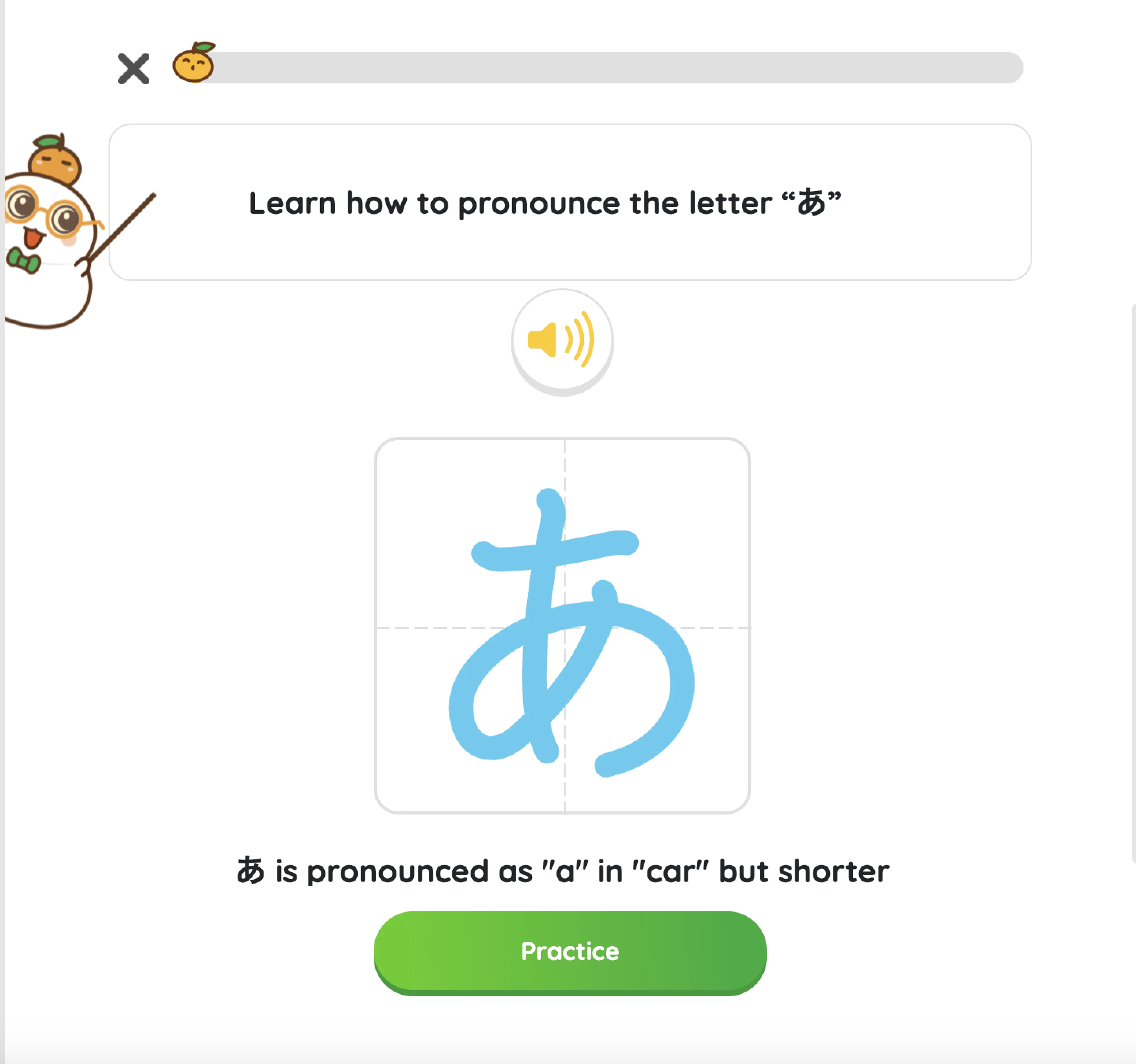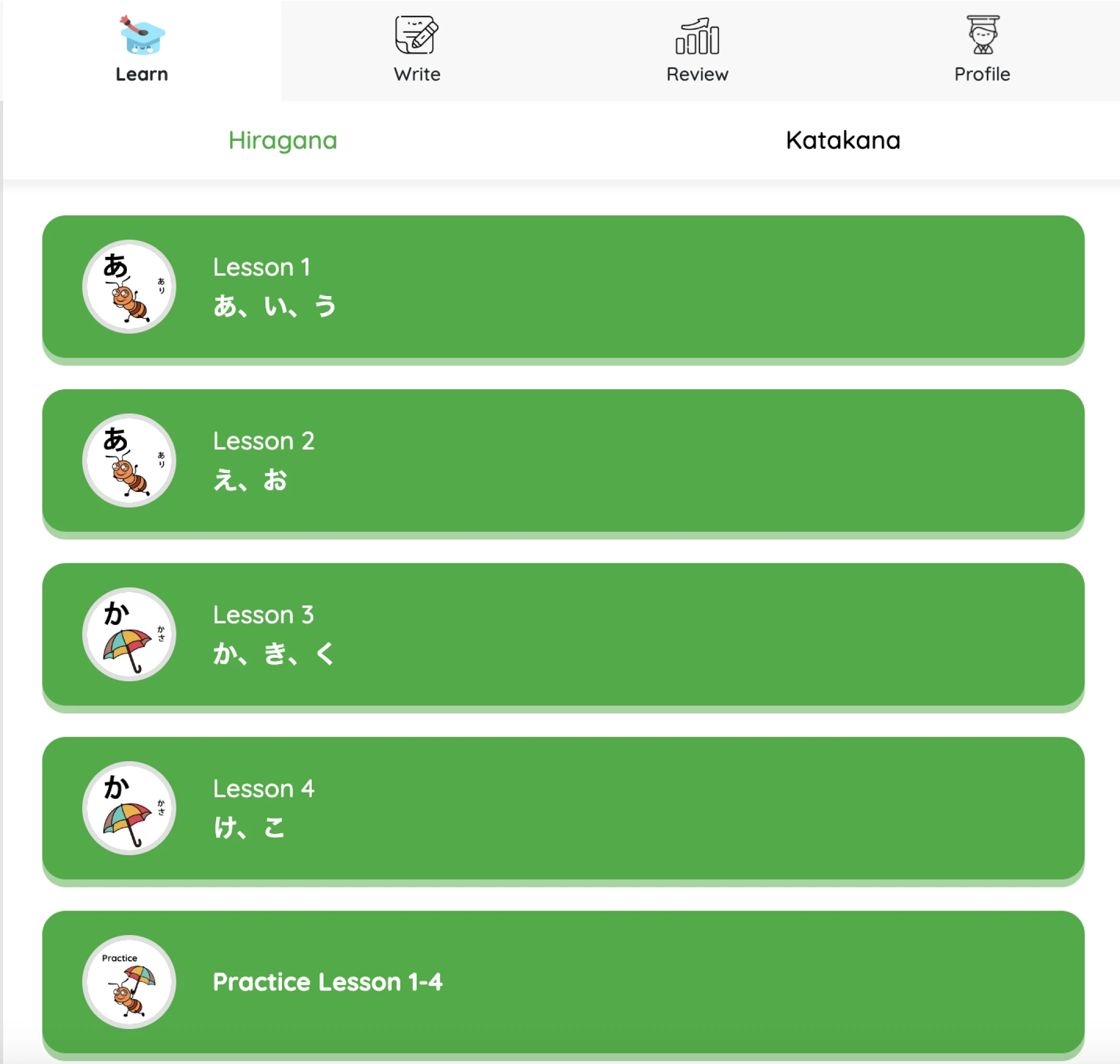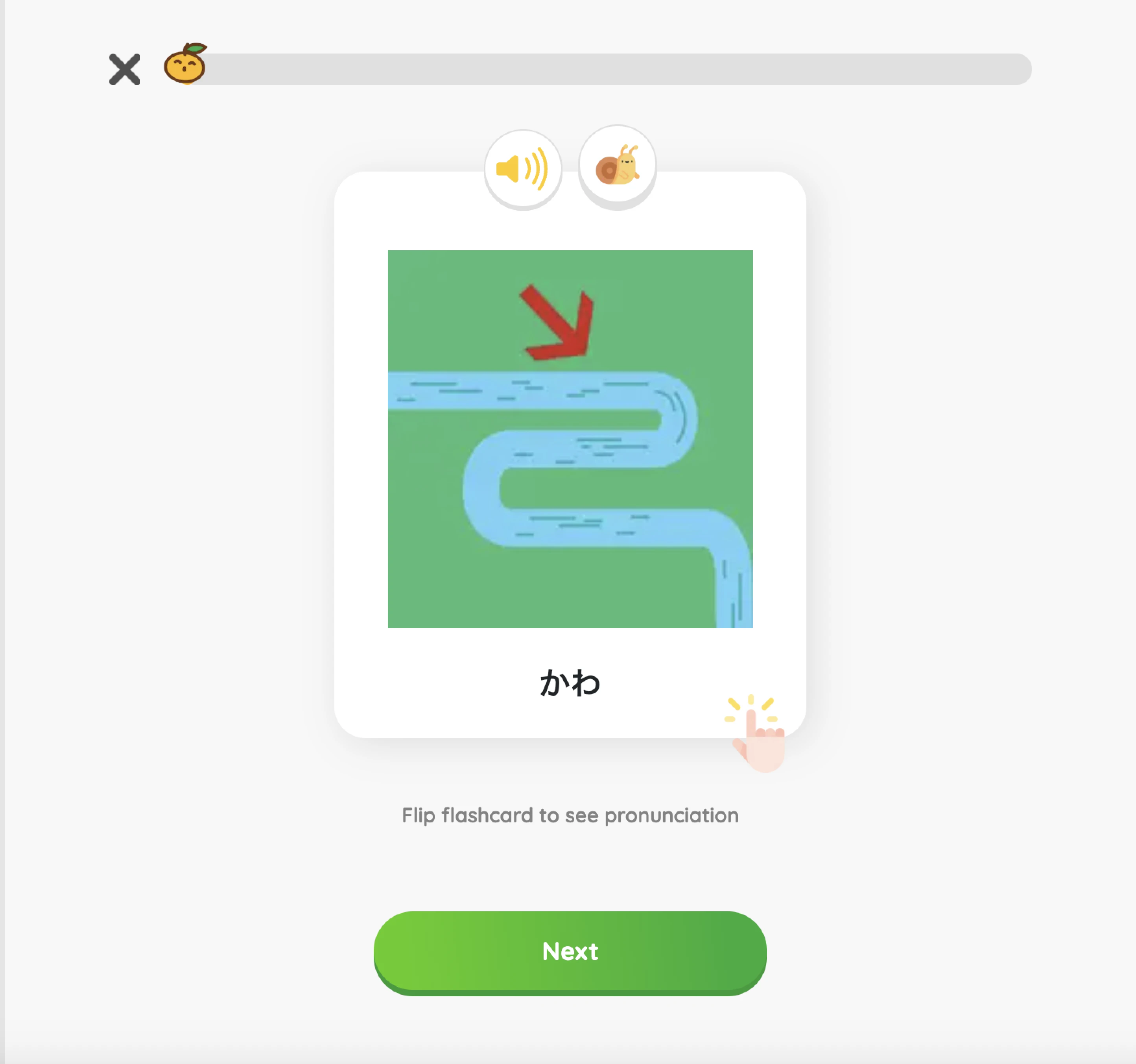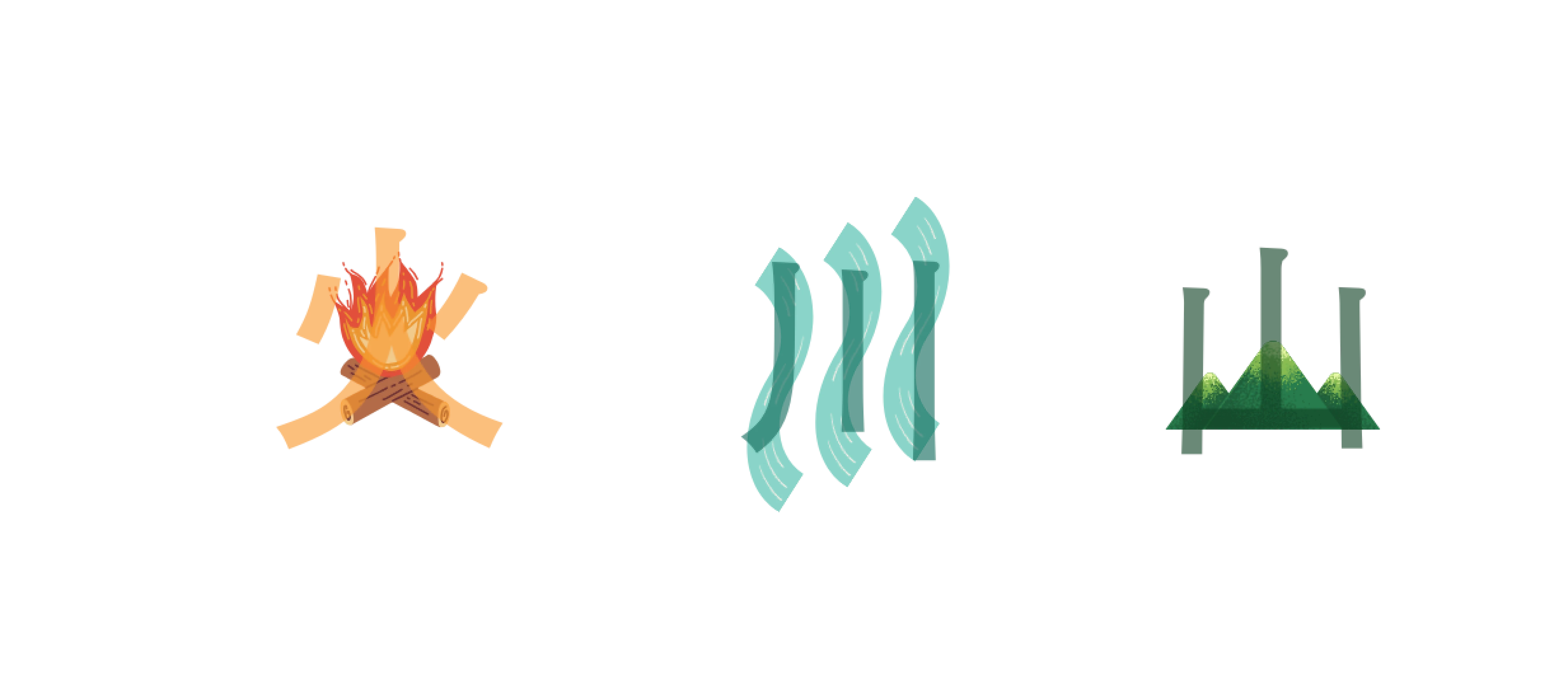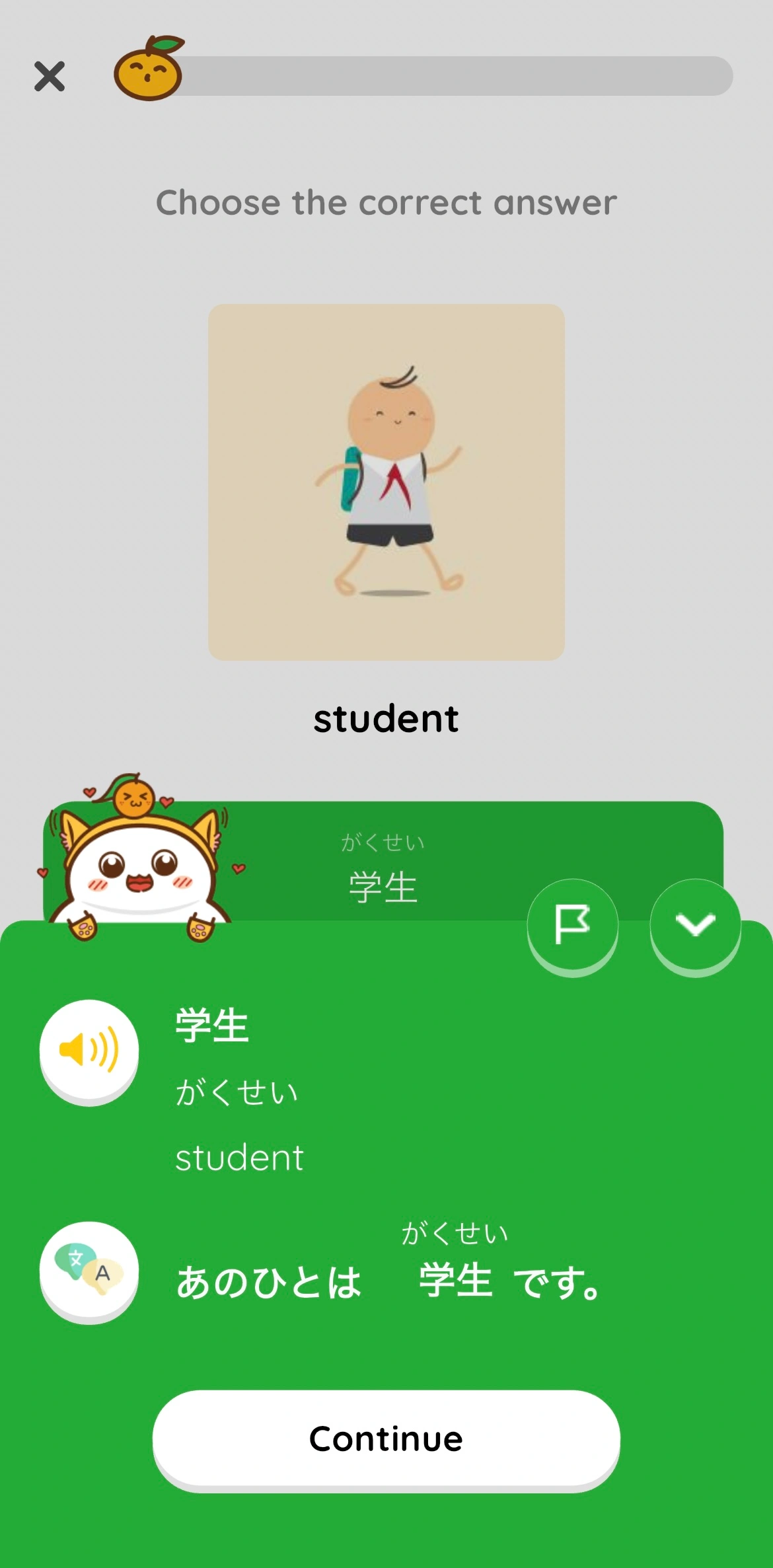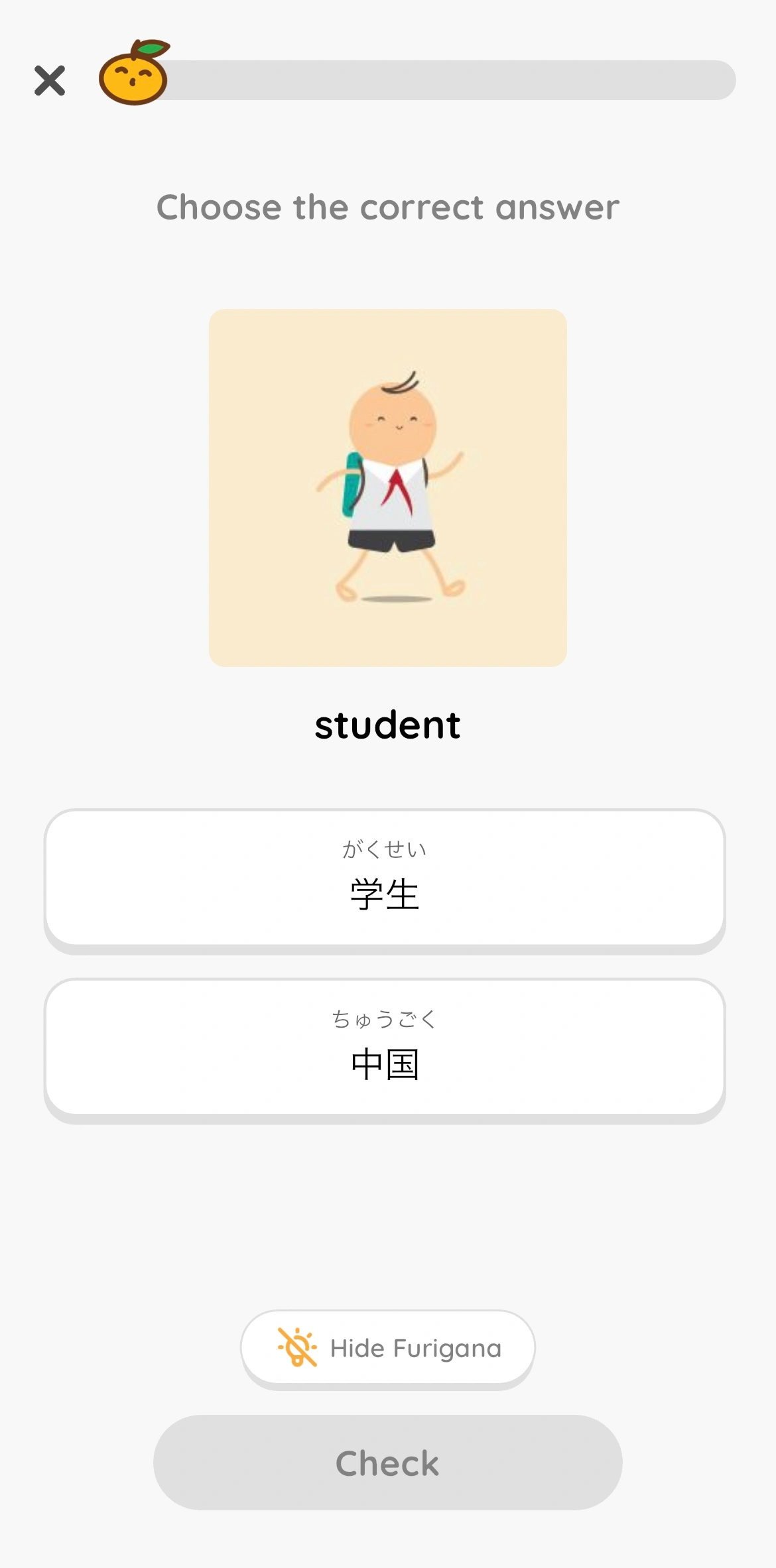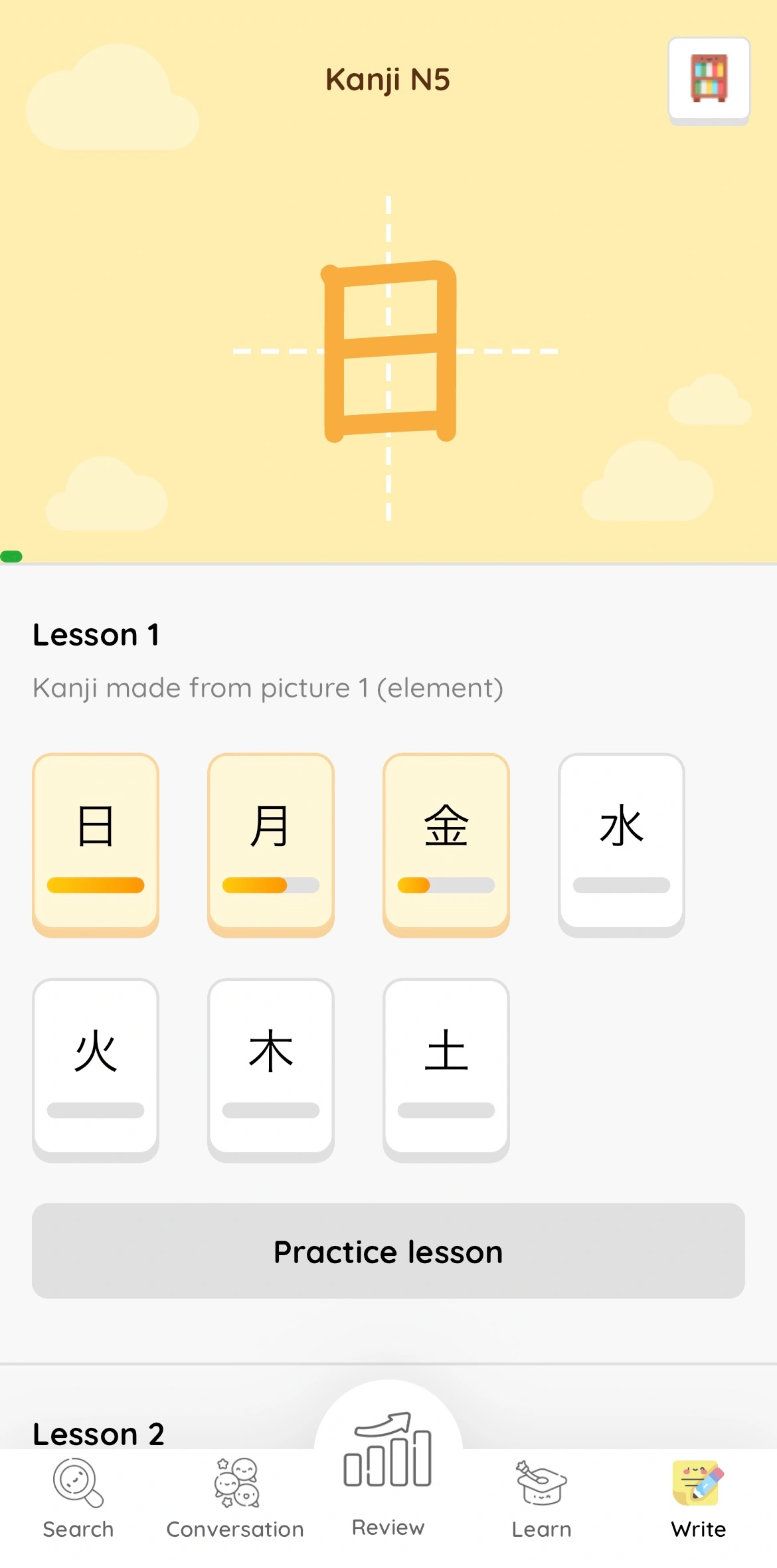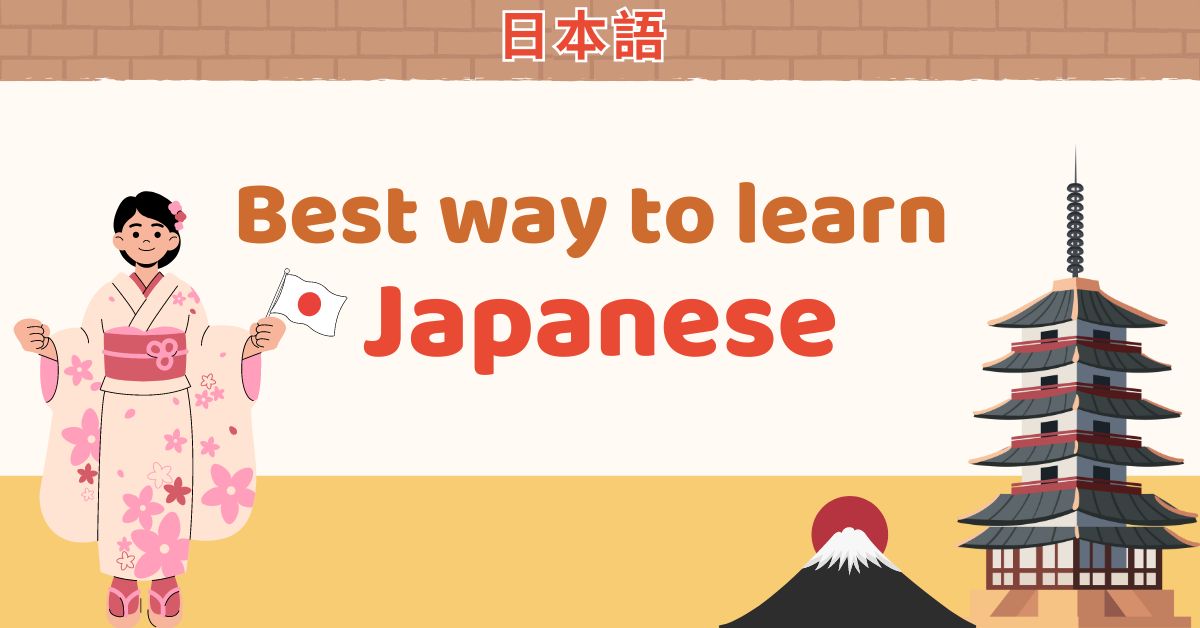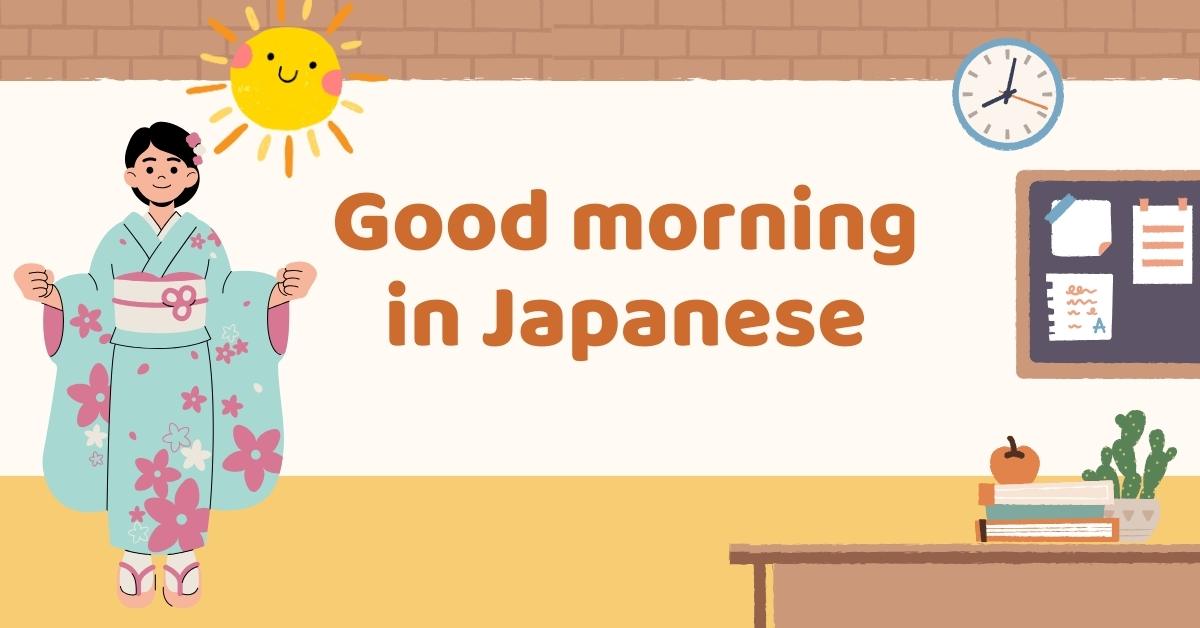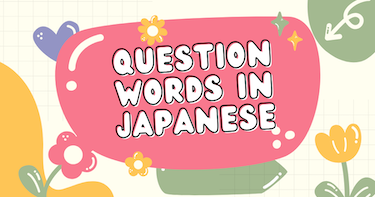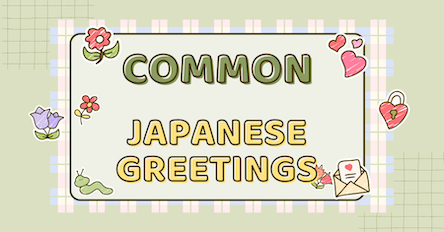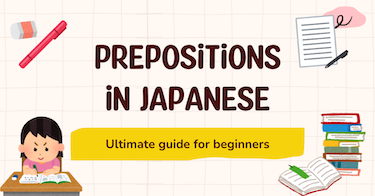The Alphabet in Japanese language is the first thing you should start with before learning anything. Unlike English, which uses a single alphabet, Japanese alphabet includes three distinct scripts: Hiragana, Katakana, and Kanji, each serving different functions within the language. This guide will walk you through these scripts, providing a clear understanding of when and how each is used.
Hiragana and Katakana, which are syllabaries, where each character represents a particular syllable; and Kanji, which are characters borrowed from Chinese that represent whole words or concepts.

The overview of Hiragana and Katakana alphabets
Hiragana and Katakana, collectively known as “Kana”, are phonetic scripts in Japanese. Each character in these scripts represents a specific sound. Together, they cover every sound in the Japanese language, making them the phonetic backbone of Japanese writing.
Hiragana: This script is primarily used for grammatical purposes, such as verb conjugations and particles. It is also used to write native Japanese words. Here are all Hiragana characters worksheets, you can download them for learning everyday!
Katakana: This script is used mainly for foreign words and names, loanwords, onomatopoeia, scientific names, and the names of plants and animals. Essentially, it is the go-to script for any word borrowed from another language. Here are all Katakana characters worksheets, you can download them for learning everyday!
The 3 Japanese Writing Systems
1. Hiragana alphabet
Hiragana is often the first script learned by Japanese students. It’s used primarily for native Japanese words, as well as grammatical elements such as particles and verb endings. For example, the word for “party” in Japanese, “パーティー” (paatii), uses Katakana, but the verb form “to do” in its polite form, “します” (shimasu), uses Hiragana for the verb suffix (-masu).
Hiragana characters are rounded and fluid in appearance. Learning Hiragana is essential as it provides the fundamental phonetic elements of the language, enabling learners to read and write basic Japanese. There are 46 basic Hiragana characters, and mastering these is crucial for advancing in the language.
How to Learn Hiragana
To begin learning Hiragana, it’s useful to start with a few characters at a time, typically the vowels (あ, い, う, え, お) and practice writing them while also learning their pronunciation. Tools like flashcards, apps that use Spaced Repetition Systems (SRS), and writing practice sheets can be immensely helpful. Consistent practice is key, as it helps to solidify your memory of each character.
MochiKana – Learn Hiragana is a Spaced repetition app that calculates the best time to review characters every day. MochiKana is the best learning tool for beginners because the lessons are designed especially for starters with step-by-step learning paths, helping people master Hiragana and Katakana in just one week. Each character has complete studying aspects such as flashcards, writing, multiple choice, and practice tests systematically. Try learning your first Hiragana for free on MochiKana’s website today!
Let’s learn how to read and write Japanese using the most basic Japanese writing system: Hiragana.
2. Katakana alphabet
Katakana is used primarily for foreign words and names, technical and scientific terms, and the names of plants, animals, minerals, and often for emphasis. The characters are more angular and straight-lined compared to Hiragana.
For instance, the English word “computer” is adapted into Japanese using Katakana, resulting in “コンピュータ” (konpyuuta). Katakana is also used for onomatopoeia and the transcription of sound effects, which are prevalent in manga and anime. Like Hiragana Alphabet, Katakana also includes 46 basic characters as below.
How to Learn Katakana
After mastering Hiragana, moving on to Katakana is generally smoother as the phonetic sounds are the same; only the symbols change. Learning Katakana can also follow the method used for Hiragana—using flashcards, apps, and practice sheets. It’s also beneficial to start recognizing Katakana in everyday contexts, such as in menus, signs, and product packaging.
3. Kanji
Kanji are logographic characters borrowed from Chinese. Each Kanji represents a concept or a whole word. For example, the Kanji for “tree” is “木”. Kanji can be daunting because there are thousands of them, and they have multiple readings depending on their context.
Kanji are integral in Japanese writing because they compact complex meanings into single characters, allowing for the concise conveyance of ideas. They are used in combination with Hiragana and Katakana to form full sentences, with Hiragana often used to indicate the grammatical function of a sentence.
Mastery of enough Kanji to read newspapers or literature requires knowledge of thousands of these characters. To be considered fully literate in Japanese as a native adult speaker might be, knowledge of about 2,000 to 3,000 Kanji is typically required. This range covers the most common Kanji used in daily life and literature.
How to Learn Kanji
Starting with commonly used Kanji and learning them in the context of vocabulary is usually the best approach. Many learners find it helpful to use mnemonics or stories to remember the shape and meaning of each Kanji. Tools like Kanji textbooks, SRS-based apps like MochiKanji, and Kanji practice books are effective for systematic study.
Learning Kanji through mnemonics like this:
Or using a supportive app – MochiKanji Learn Japanese. This is an app helping you master Kanji by using the Spaced Repetition method, which helps you memorize 1000 Kanji and vocabulary in just one month! MochiKanji is also available on website. Give it a try!
Now, you understand what the Japanese alphabet is and how to approach them. In the later guide, we will show you how to learn them specifically. See you soon!
FAQs
What are the ABC’s in Japanese?
Japanese doesn’t have an alphabet in the same sense as English, so there isn’t a direct equivalent to “ABC’s.” Instead, the Japanese writing system is made up of three scripts: Hiragana, Katakana, and Kanji.
- Hiragana and Katakana are syllabaries, meaning each character represents a specific sound or syllable, not a single letter like in the Latin alphabet. For example, instead of representing individual sounds like “a,” “b,” and “c,” Hiragana and Katakana represent syllables like “ka,” “ki,” “ku,” and so on.
- Kanji are logographic characters borrowed from Chinese, which represent whole words or ideas. Instead of spelling words out phonetically, each Kanji has its own meaning.
What are the 3 Japanese alphabets called?
The three scripts in Japanese are:
- Hiragana: Used primarily for native Japanese words and grammatical functions (such as particles and verb endings). It’s also used for writing words that don’t have a specific Kanji or for learners who haven’t mastered Kanji yet.
- Katakana: Used mainly for foreign loanwords, names of foreign people or places, and onomatopoeia (sound effects). Katakana characters tend to have a more angular and sharp appearance compared to Hiragana.
- Kanji: Chinese characters used in Japanese to represent entire words or ideas. There are thousands of Kanji characters, but around 2,000 are used regularly in daily life.
What is the letter A in Japan?
The sound for the letter “A” in Japanese is represented by the character あ in Hiragana and ア in Katakana. Both characters represent the same “ah” sound, similar to the “a” in “father.”
- Hiragana (あ) is used for native Japanese words and grammatical elements, while Katakana (ア) is used primarily for foreign words, loanwords, and names. Unlike English, where “A” is a letter in an alphabet, Japanese characters represent syllables rather than individual letters.
How many letters are in the Japan alphabet?
Japanese doesn’t have an “alphabet” like English, but if you think of Hiragana and Katakana as similar to alphabets, each of them contains 46 basic characters (which represent syllables rather than individual letters). These characters form the basis for the Japanese phonetic system.
- In addition to the 46 basic characters, there are also variations known as dakuten (such as が, ぎ, ぐ) and handakuten (such as ぱ, ぴ, ぷ), which modify the sounds of the original characters, adding more syllables to the system.
- Kanji, on the other hand, consists of thousands of characters. While it’s estimated there are over 50,000 Kanji in existence, about 2,000 Kanji are considered essential for daily use in Japan (this set is known as the Jōyō Kanji).

